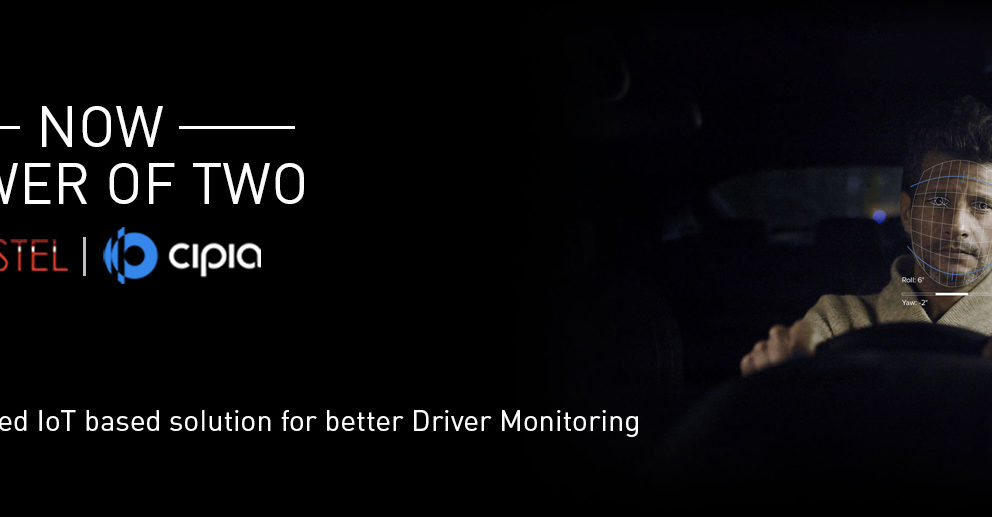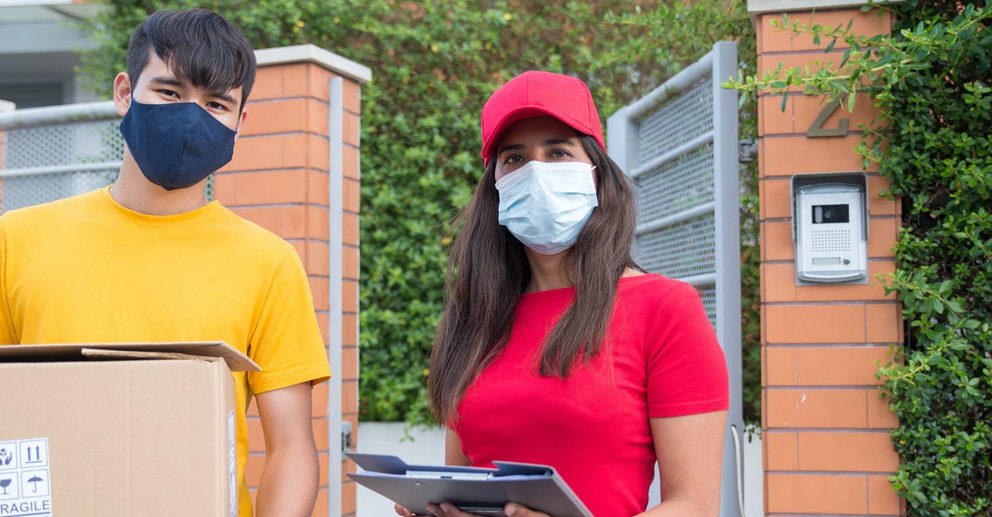Power of Two – Cipia and Anstel collaboration
Two of the biggest challenges for fleet managers these days are guaranteeing driver safety and ensuring that fleet performance is top-notch. Anstel’s Connected Fleet provides an all round-solution that helps to manage assets, gain better control of fleet operations, improve efficiency, and keep tabs on real-time location of vehicles and drivers at all times. Access to such useful data has helped managers make strategic decisions that have proved instrumental for businesses. Combined with Cipia Driver Monitoring System, which allows extensive in-cabin monitoring, it is possible to optimize both vehicle and workforce performance.
Collaboration of Cipia and Anstel
Small distractions on the road could have a drastic impact, as it can lead to major incidents, driver injuries, repair costs, damage to credibility, and revenue leakage. Apart from being able to manage fleet operations, it is crucial to enforce safe driving practices. Anstel’s Connected Fleet and Cipia DMS create a robust driver and fleet monitoring system that automatically records daily driving behavioral data, which helps managers with a clearer fleet performance overview.
Using alerts, reports, and driver scorecard analytics, it is possible to be informed of every single instance of unsafe driving, negligence, and other problematic behavioral patterns in the fleet. It includes features such as monitoring sudden acceleration, sharp braking, idling, fuel theft, unauthorized usage, driver fatigue, non-optimized routes, and so on.
How a driver and fleet monitoring system can be of help
With the in-depth data collected from the driver monitoring system, fleet managers can identify areas for improvement and take appropriate action. It helps to assess driving patterns and make informed decisions. Apart from rectifying driving behavior issues, managers can protect employees, while ensuring safety of other drivers and pedestrians on the road. Training modules can be developed for grooming employees into conscious and responsible drivers.
Paving the way ahead
Thanks to vehicle telematics and IoT technology, fleet managers have the chance to visualize, analyze, and implement big data to streamline fleet operations. DMS and Connected Fleet together form a potent fleet management system - a centralized hub for monitoring, evaluating, and producing reports. It helps to identify potential fleet anomalies before they become major issues, and correct troubling driving behavior that can cost the company a great deal!
Investing in a driver and fleet monitoring system enhances efficiency, promotes growth, brings down expenditures, protects drivers, and also optimizes overall operations.
About Anstel:
A market-focused company that prides itself in creating ground-breaking IoT (Internet of Things) based solutions. We partner with Telcos and other businesses to develop convenient and cost-effective IoT-based solutions by integrating sensors and smart devices.
About Cipia:
Cipia, formerly Eyesight Technologies, is a pioneer in intelligent sensing solutions that use edge-based computer vision and AI for safer and smarter mobility experiences. The company focuses on the automotive in-cabin environment, offering the Cipia driver monitoring system for fleets among other in-cabin solutions for the automotive industry. Cipia’s computer vision AI solutions help to understand vehicles better, meet business requirements, and offer an improved mobility experience without compromising on safety.

 Global
Global Australia
Australia India
India
